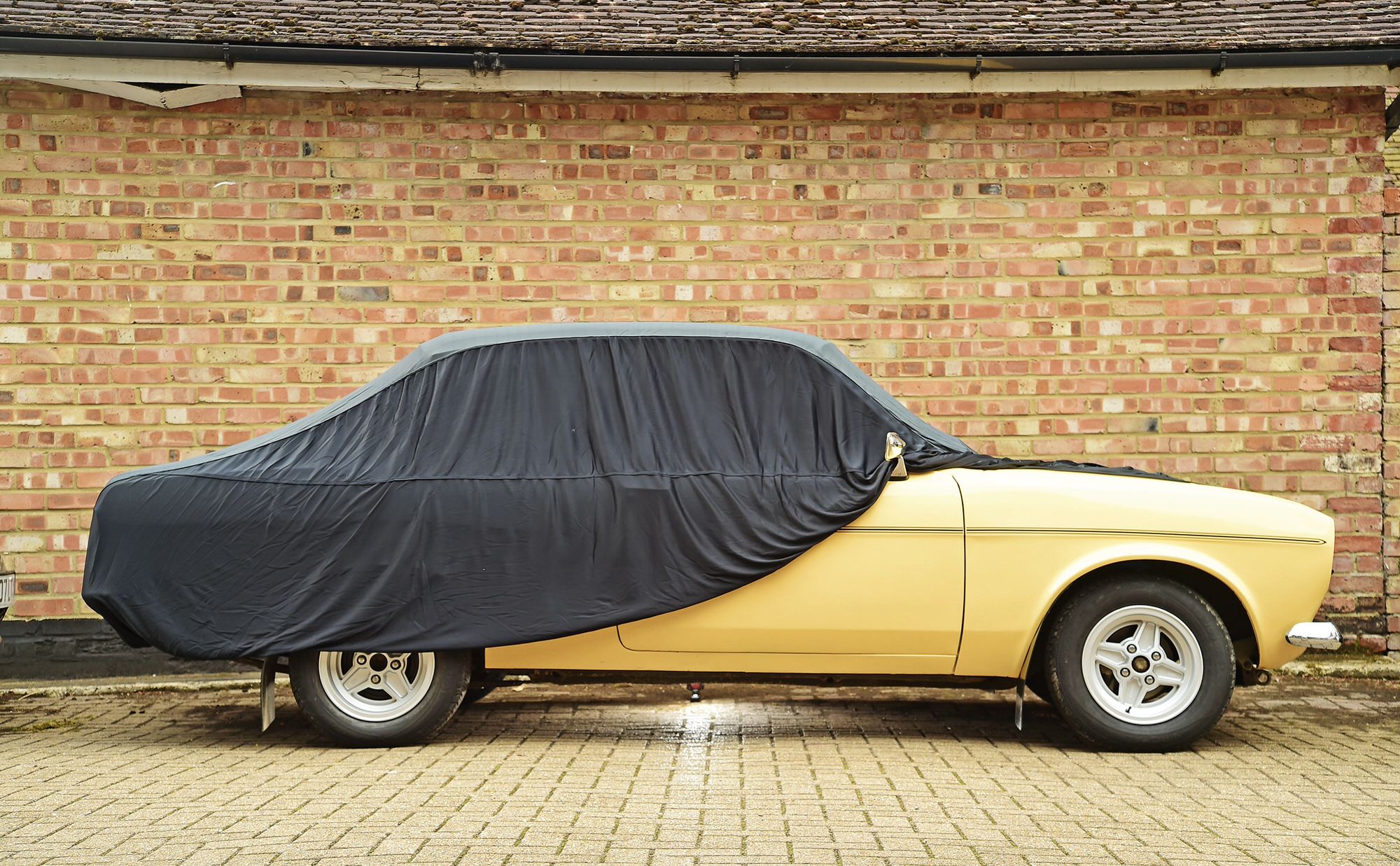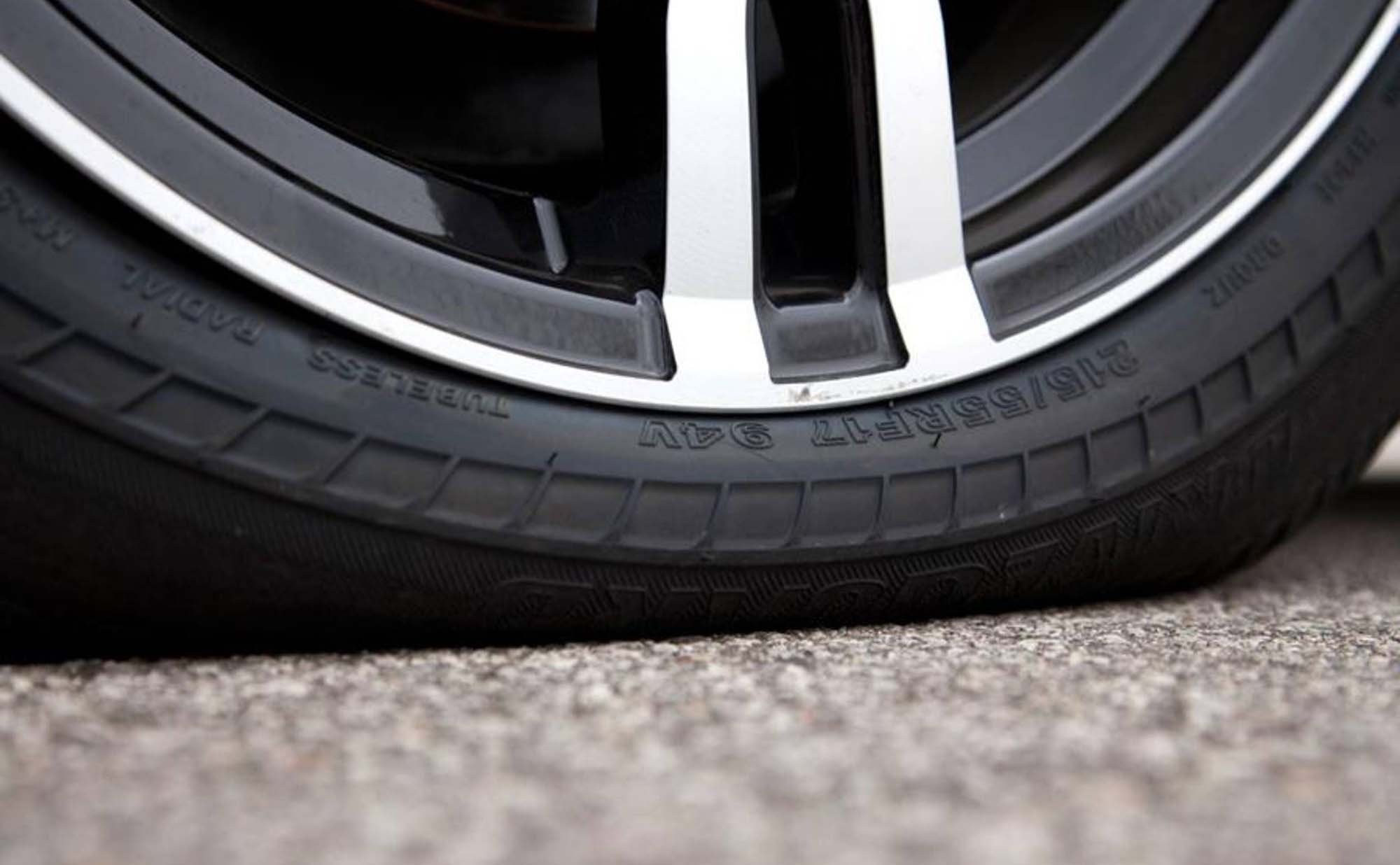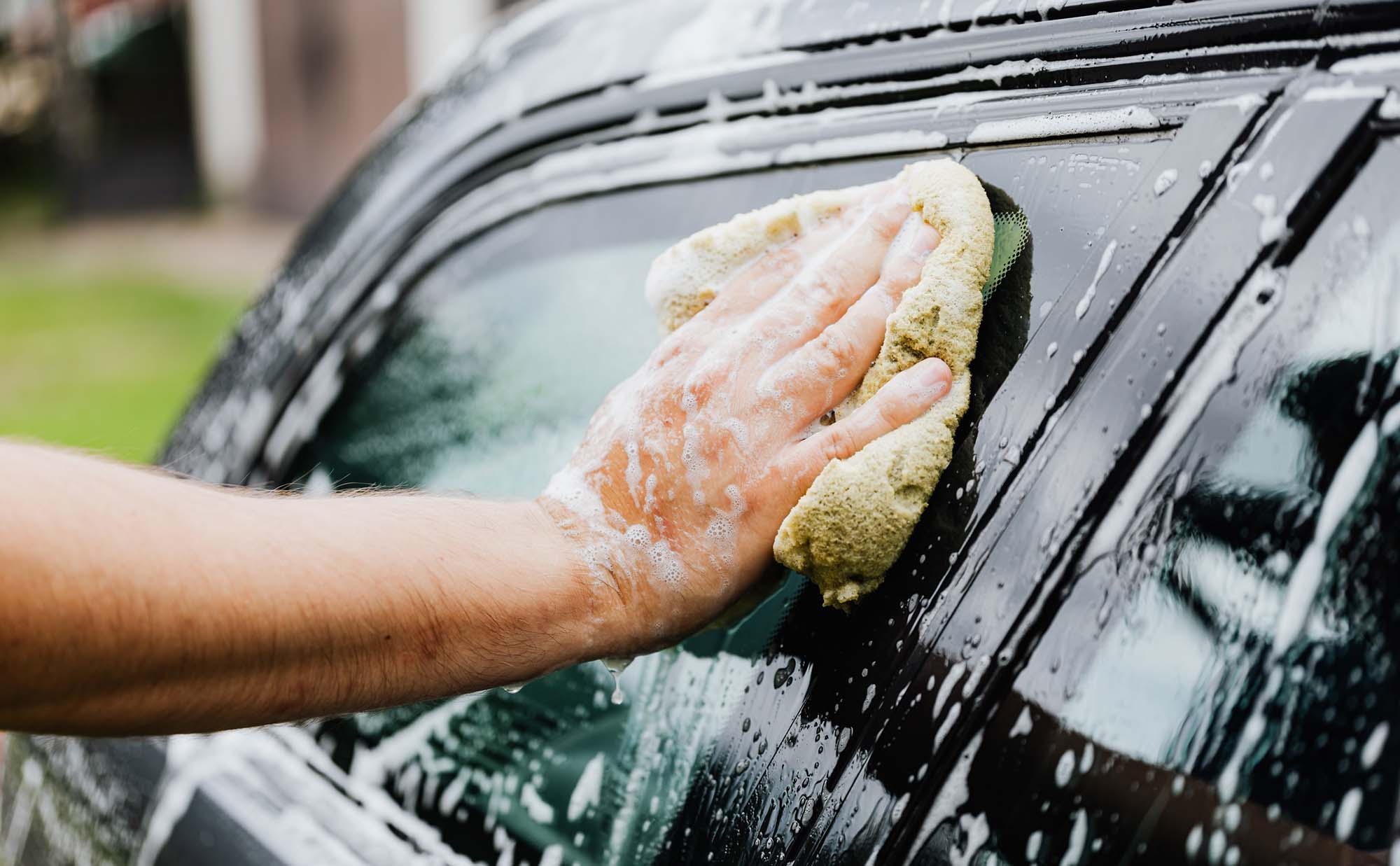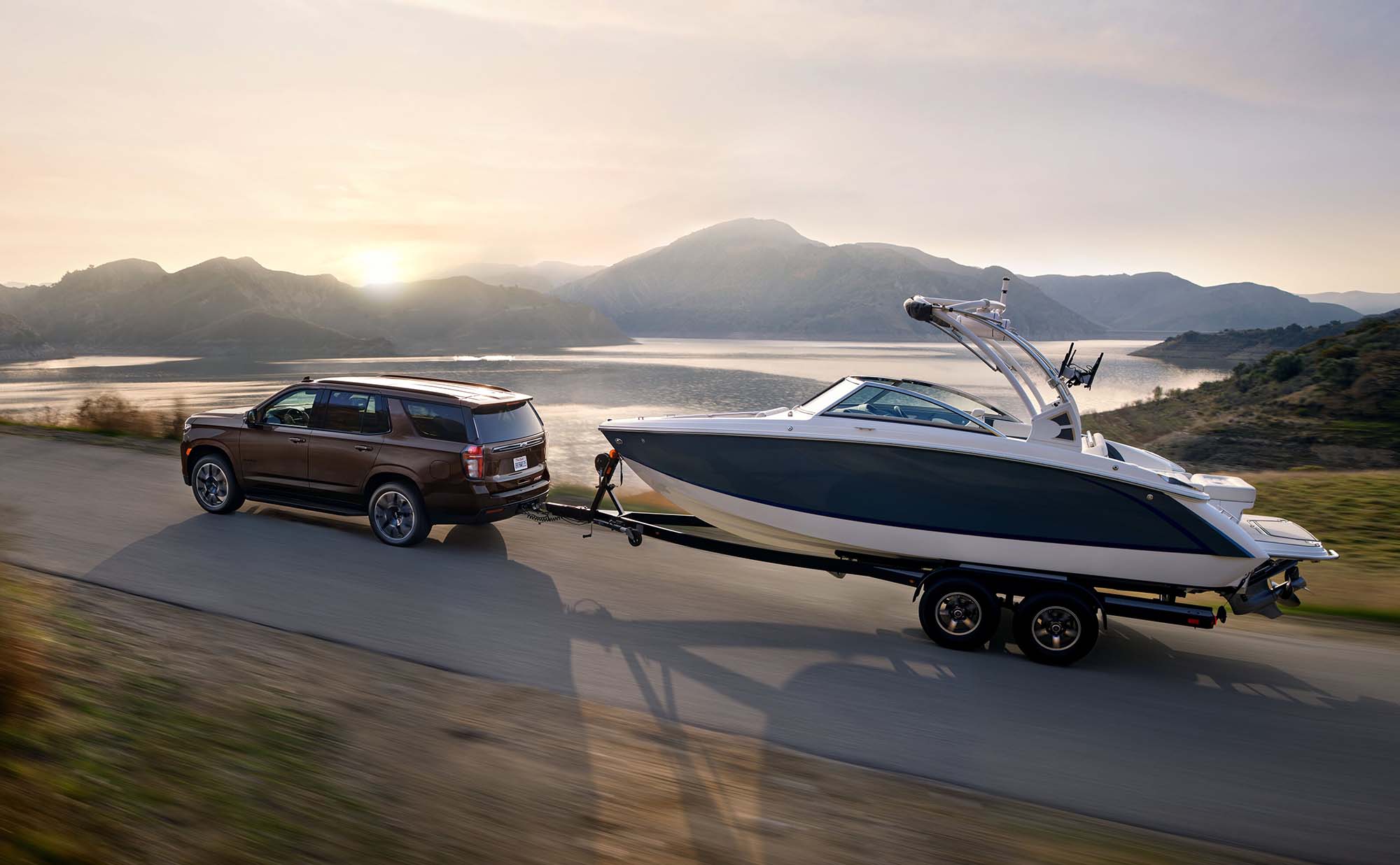Run flat tires are all the rage, but they aren't right for everyone (or every vehicle). Here is a list of the pros and cons, so you can make an informed choice.
For many of us, the advent of summer weather might mean driving our vehicles for the first time in a couple of months! While we are sure you’re excited to rev up your engines, you want to make sure that you take a few necessary precautions for your first drive.
Although most BC residents experience mild winters (especially here on the Island), the colder temperatures can have adverse effects on a stationary vehicle. Here are a few steps to take before you fire up and drive any car that has been stored for an extended period.
- Uncover the Vehicle: A properly fitted vehicle cover protects your car from damaging ultraviolet radiation, acid rain, bird droppings, wind-borne particles, sun fading, and the claws of animals. Even inside your garage, a quality cover provides a barrier against airborne dirt and vermin. Assuming you protected your vehicle with a properly fitting cover, remove the vehicle cover and inspect the car for damage or vermin infestation. Check the ground beneath the undercarriage for fluid leaks.
- Charge the Battery: Clean all battery connections and attach the battery with the positive cable first, then give the car battery a good 24-hour charge. There’s nothing more frustrating than trying to revive a stored vehicle with a half-drained battery. Here is our walkthrough on how to clean your battery terminals.
- Check the Brakes: Apply the brakes to ensure they work properly. Visually inspect your brakes to ensure you have adequate pad and rotor material. Also, check your brake lines, because they can rust out, especially in the winter, not to mention vermin like to chew through lines and hoses during storage.
- Lower it From Jacks: Lower your vehicle off the jack stands and check the tire pressure. Ensure the pressure matches the suggested PSI rating indicated on the sidewall. While you’re there, visually inspect your tires for any small cracks and bulges in the rubber.
- Start the Vehicle: Don’t be surprised if your engine runs a bit rough at first. After a few minutes, the idle will smooth out. While it’s running, check again for fluid leaks or anything out of the ordinary, and once the engine is up to operating temperature, you can take your car for a test drive.
- Move it Slowly: Some vehicle components, such as the transmission and rear ends require movement for full and proper lubrication. Drive your vehicle slowly for a couple of kilometres or so and stop to check it out.
- Refill Vital Fluids: Check all fluid levels and refill accordingly. An extra step when examining your oil is to consider changing it, even if you changed it just before storage. Fresh oil is an inexpensive way to ensure the health of your engine. Remember transmission fluid requires a warm engine, so run it for 20 minutes before checking to see if it’s full.
You are now clear to hit the open road! This checklist might seem overly cautious, but it’s always best to take a few extra steps toward protecting the health of your vehicle, and ensuring your vehicle is fun and safe to drive after a prolonged break. If, even after taking these steps, something isn’t sounding right, don’t worry – just give us a shout.




